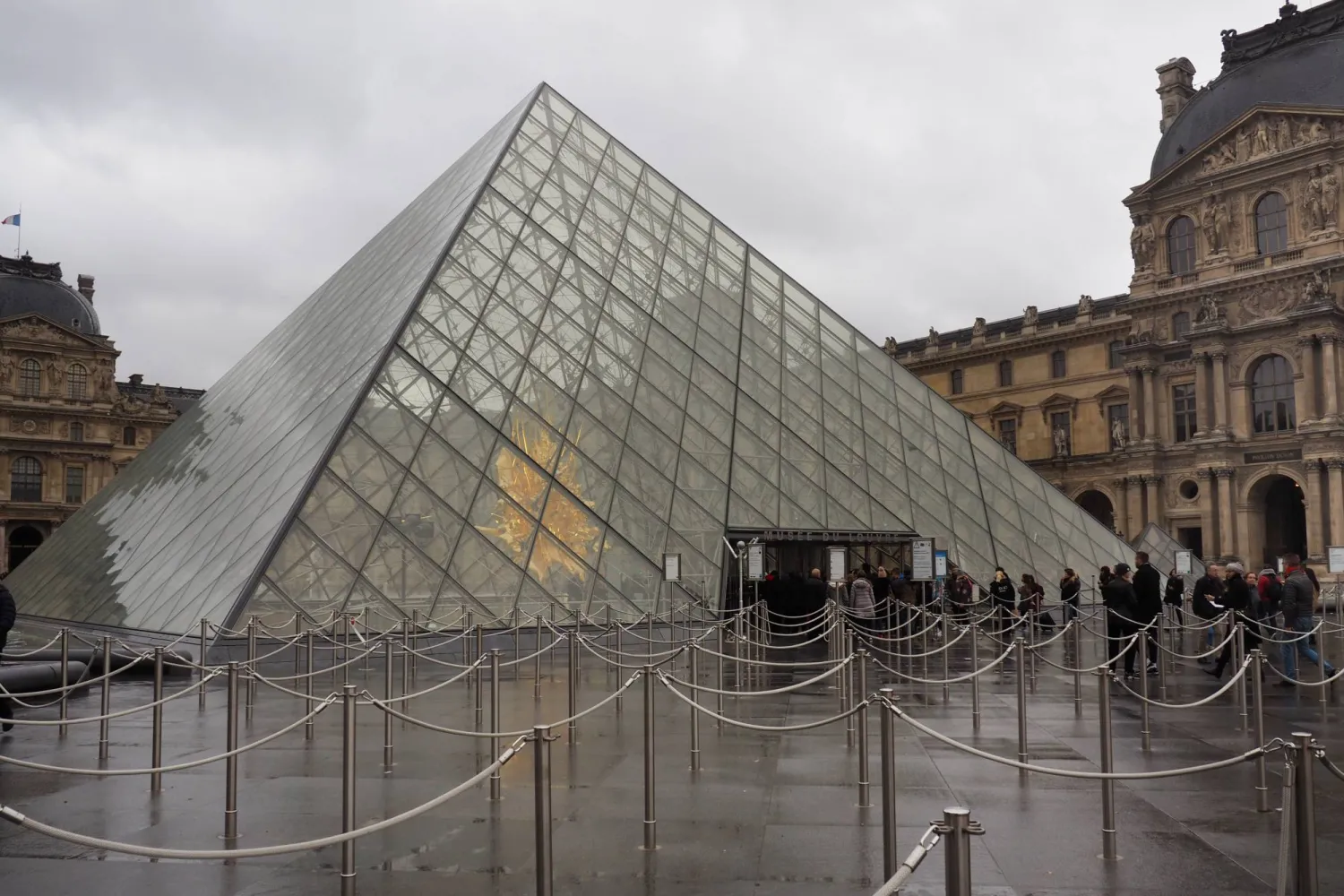The Saudi Museums Commission, one of the eleven sector-specific commissions under the Ministry of Culture, and Germany’s Prussian Cultural Heritage Foundation (SPK) have taken a significant step forward in their cultural partnership by activating an executive program focused on long-term collaboration in the museum sector.
Central to this initiative is the development of a loan index, outlining a selection of artworks and artifacts from the SPK’s various Berlin-based museums to be shared with the Museums Commission over a five-year period. This loan program forms part of the broader executive program signed by both parties.
The agreement outlines key areas of cooperation, including joint exhibitions in art and archaeology, long-term loans, strategic cultural projects, and capacity building through training and residencies. Two dedicated training programs have been agreed upon as part of this collaboration.
One of the flagship initiatives, Museums in Motion, will bring together up to 80 cultural and museum professionals from both countries over five years through four interdisciplinary training sessions.
Participants will engage in joint learning activities in both countries, fostering sustained dialogue, professional exchange, deeper cross-cultural understanding, and long-term institutional partnerships.
In a parallel initiative with the Hamburger Bahnhof – Nationalgalerie der Gegenwart (National Gallery of Contemporary Art) in Berlin, a professional secondment program will support talent development in the museum field. Over the next five years, experts from Hamburger Bahnhof will contribute to training and mentorship, fostering the exchange of knowledge and best practices in museum management and curation.
This executive program reflects the Kingdom’s commitment to strengthening international cultural dialogue and advancing professional exchange in the global museum community.









